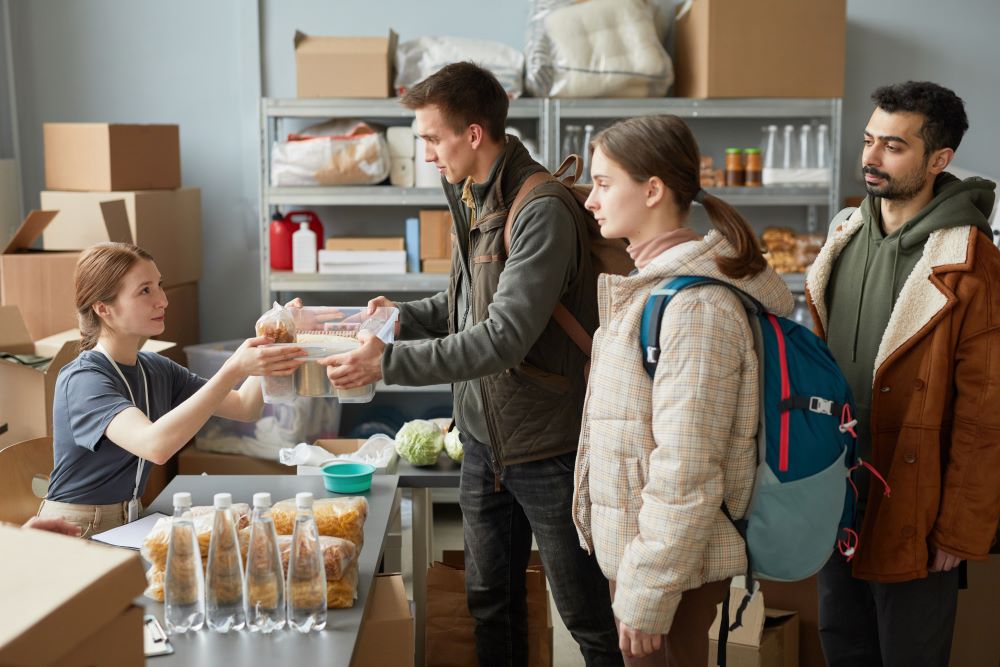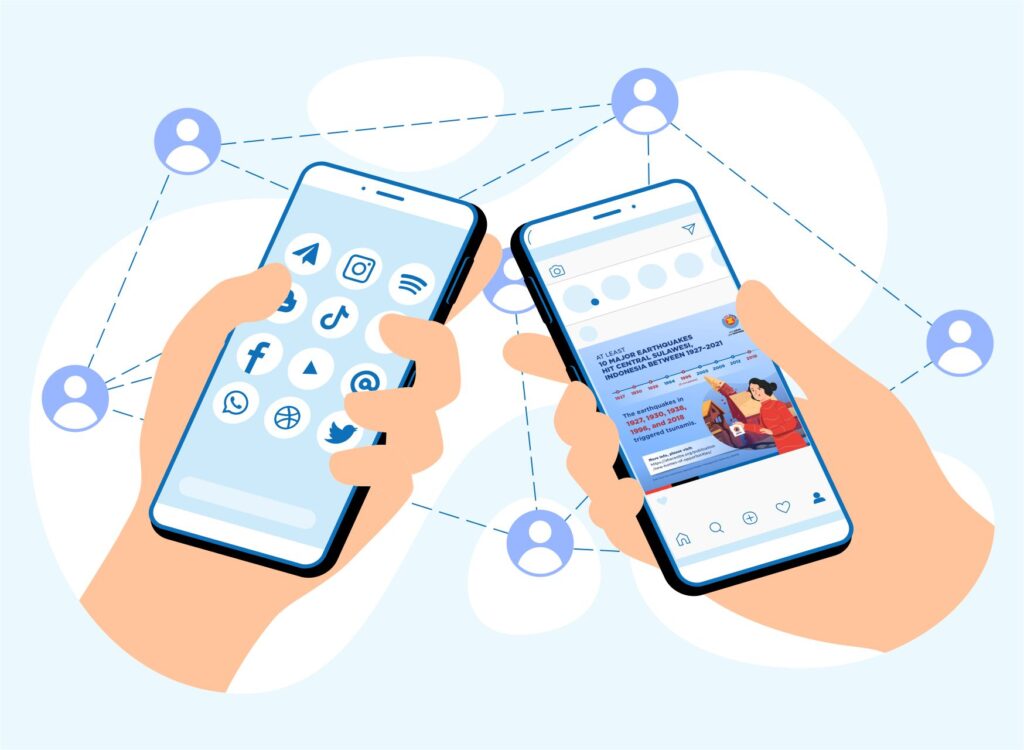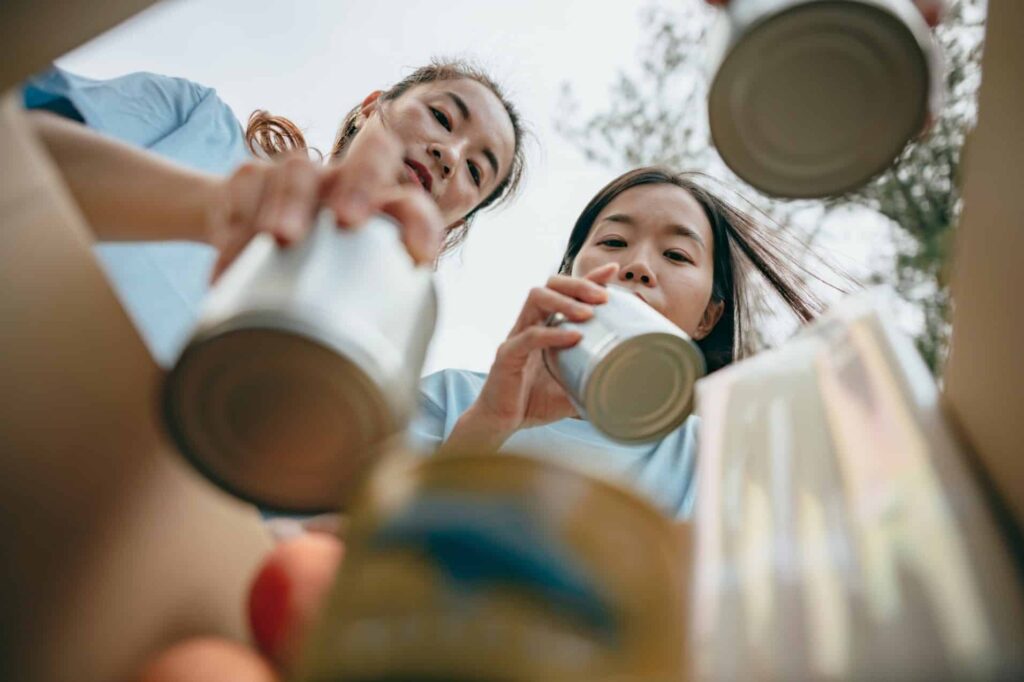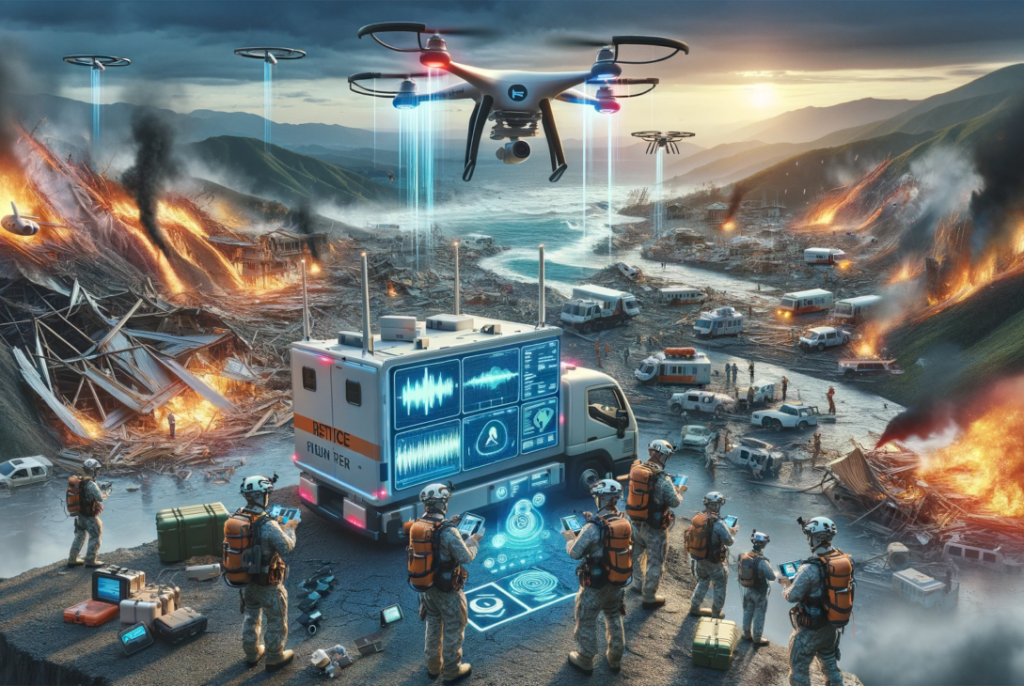Harnessing Social Media for Disaster Response and Relief Efforts

In the modern digital era, social media platforms like Facebook, Twitter, Instagram, and TikTok have become ubiquitous forms of communication, connection, and community-building.
When major disasters happen, whether natural crises like fires, hurricanes or floods or humanitarian emergencies like disease outbreaks or conflicts, these networks develop into vital lifelines for affected populations.
They can inform warning systems, coordinate first responder deployments, share survivor needs, direct relief efforts, and unify grassroots assistance on the ground.
Getting the Word Out

Right as disasters start, social media plays a significant role in informing each other about what is happening and where help is needed most.
People post photos, videos, descriptions of events unfolding, as well as calls asking for rescue to sites like Nextdoor, YouTube, and TikTok. Agencies monitoring sites can see real-time reports from those affected to dispatch help quicker.
Official accounts from responders give updates to counter misinformation. Hashtags centralize regional conversations so anyone can join and assist.
Coordination During Chaos
Even with phone and internet outages common after hurricanes or similar, backup generators often prioritize maintaining Wi-Fi and cellular service.
Victims stuck in place plus friends and family anxious to help them can login to platforms like Facebook to share locations, needs and coordinate aid deliveries. Pages function as message boards to reconnect separated groups.
Quora threads allow crowdsourcing fast solutions to unpredictable scenarios like flooded roads. Databases on sites like Amazon Alexa loop relief agency systems into virtual assistant tools accessing user profiles and emergency contacts.
Ongoing Recovery Aftermath

According to the good folk at Brother’s Brother Foundation, weeks after initial news coverage fades, social media remains crucial for organizing volunteers, transporting supplies to underserved areas and updating the wider public on continuing struggles disaster victims face.
Nonprofit donations and government funds take months to fully deploy across damaged regions. Instagram and TikTok enable creative content that keeps public interest and donations coming, making sure later-stage relief gets to families still displaced or rebuilding.
Effective multimedia messages convey scale of wreckage visually in compelling ways traditional media misses.
Risks and Downsides
Nevertheless, misinformation spreads rapidly during disasters, too. Well-meaning amateur rescuers on NextDoor or Reddit sometimes inadvertently duplicate efforts or send resources to already aided sites.
Distant observers opining online or playing armchair quarterback are tuned out by locals immersed in real-time decision making, so backseat driving complaints should be minimized. And scam artists exploit confusion by posing as victims to pocket donated money, so healthy skepticism plus relying on verified sources remains key.
Looking to the Future

As social media evolves, even more possibilities for disaster response integration will emerge through augmented and virtual reality tools. Simulation environments could allow rescuers to collaboratively solve complex evacuation missions in flooding zones.
Resource deployment could harness supply chain transparency via blockchain to thwart theft. And machine learning programs might synthesize situational data faster than humans alone to guide field decisions.
While current platforms effectively organize communities today, innovators will continue discovering ways we have not yet imagined to leverage advances for saving lives when the next crisis strikes.
Still, the compassion behind the technology remains our ultimate lifeline in testing times.
Conclusion
During disasters like wildfires, floods or disease outbreaks, social media enables real-time relaying of damage reports, allocating of resources and organizing of community volunteers crucial for urgent response duties.
Platforms also sustain public engagement for ongoing recovery funding needs after initial activity dies down. While requiring vigilance to verify accuracy, innovative uses of digital spaces offer invaluable coordination power by combining professional and grassroots information streams into consolidated databases aid agencies harness for quicker analysis and action.
Our device-dominated era can ultimately drive more impactful disaster relief if collectively mobilized with care and integrity.




